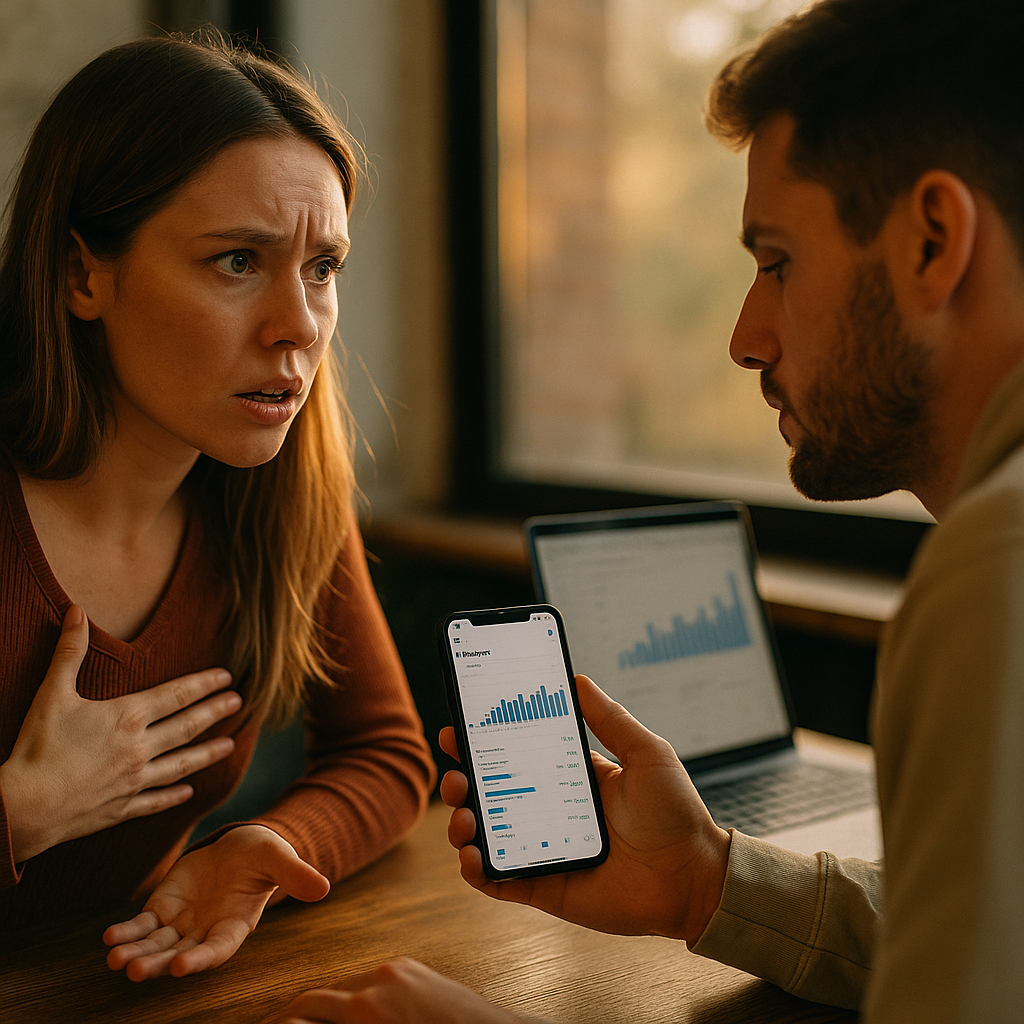In this case study, we analyze a “crisis averted” moment where a brand handled a creator controversy gracefully, protecting both reputation and relationships. Learn how strategic transparency, proactive communication, and clear policies helped turn a setback into a trust-building opportunity. Discover the tactics that helped the brand not just survive—but thrive—under pressure.
Understanding Creator Controversies: The Modern Risk in Influencer Marketing
Today’s brands rely heavily on influencer and creator partnerships to reach digitally savvy audiences. However, these collaborations also increase exposure to risks when creators face controversy—whether due to public statements, past behavior, or off-brand activities. Navigating these crises successfully protects not only a brand’s image but its long-term relationship with both creators and consumers.
Recent Datareportal figures from 2025 suggest that 68% of consumers expect brands to act quickly and transparently during social media controversies. This expectation places pressure on brands to implement robust risk responses, making a crisis-management approach essential for any brand involved in influencer marketing.
Initial Response: Rapid Assessment and Transparent Communication
When the controversy first surfaced—involving a creator’s video that sparked widespread backlash—the brand’s crisis management team acted within hours. The initial step involved a rapid internal assessment to understand the issue’s scope and relevance to the brand’s values. By gathering all available facts, the team avoided knee-jerk reactions that could exacerbate the situation.
Next, the brand issued a brief public statement. This statement acknowledged awareness of the issue, reaffirmed the brand’s core values, and promised a thorough review. This prompt, transparent communication established the brand’s dedication to accountability and calmed public speculation, a move praised by digital marketing experts as vital for containing reputational fallout.
Internal Alignment: Establishing a Unified Brand Position
One key to crisis management success lies in internal alignment. The brand convened leadership, legal advisors, and its social media team to ensure unified messaging. By holding these cross-functional meetings, the company quickly agreed on boundaries for discussing the controversy and set guidelines for employees interacting with the public online.
This strategy prevented inconsistent responses and ensured that all brand representatives, from customer service to executive leadership, communicated a clear and consistent stance. Maintaining internal unity is supported by recent CMO Council research showing that unified crisis messaging can reduce the duration of negative press coverage by up to 45%.
Engagement with the Affected Creator: Diplomacy and Empathy
Rather than cutting ties instantly—a move that often appears reactionary and insincere—the brand reached out directly to the creator. Company representatives initiated an honest, empathetic conversation, allowing the creator to present their perspective and, if appropriate, clarify their intent or apologize publicly.
This dialogue led to a mutually agreed-upon public statement, which included:
- A candid acknowledgment of the incident from the creator
- A summary of the creator’s commitment to learning and accountability
- Assurance that the brand and creator would work together to prevent similar issues
By acting with diplomacy, the brand demonstrated its commitment to both creator welfare and community standards, reinforcing trust among its broader audience.
Community Management: Active Listening and Proactive Engagement
With the public keenly watching, the brand’s social and community managers monitored conversations across platforms. They identified emerging sentiment trends and responded promptly to questions or concerns, using approved talking points developed during the internal alignment stage.
Proactive community engagement allowed the brand to:
- Dispel rumors or misinformation before they escalated
- Highlight the steps being taken to address the problem, reinforcing transparency
- Demonstrate genuine responsiveness and willingness to learn from stakeholders
Studies from the Digital Communications Review in 2025 found that brands which actively manage online conversations during crises are 62% more likely to regain consumer trust afterward.
Building Long-Term Resilience: Policy Updates and Public Education
Rather than seeing the controversy as a one-off event, the brand treated it as a learning opportunity. In the aftermath, it showcased its adaptability by updating creator partnership guidelines to clarify acceptable conduct and response protocols. Importantly, these updated guidelines were shared publicly, modeling transparency and accountability.
Additionally, the brand developed educational content for its creator community, hosting webinars and Q&A sessions about brand ethics, responsible content creation, and the importance of aligning with shared values. This initiative not only prevented similar incidents but positioned the brand as an industry leader in responsible influencer marketing practices.
Key Takeaways from the Crisis Averted Case Study
This case study demonstrates that handling a creator controversy gracefully involves preparedness, empathy, and proactive communication. The brand’s crisis aversion success stemmed from prompt action, unified messaging, diplomatic engagement, and a commitment to long-term improvement—turning potential reputational damage into a moment of increased trust and loyalty.
FAQs
-
What should a brand do first when a creator controversy arises?
Brands should immediately assess the situation, gather facts, and prepare a transparent holding statement. Acting quickly with honesty buys time for deeper investigation and planning. -
Why is engaging with the creator directly important?
Direct engagement enables understanding, accountability, and humanizes the brand. It opens the door for constructive dialogue and reduces the risk of public miscommunication or escalation. -
How can brands minimize damage to their reputation?
Clear messaging, authentic public statements, consistent internal alignment, and responsive community management are key. Transparency and empathy are essential to regaining trust. -
Should brands always maintain partnerships with controversial creators?
Not always. Decisions should be based on the controversy’s nature, alignment with brand values, and willingness of the creator to make amends. Each situation requires a nuanced approach. -
How can brands prepare for future influencer crises?
Brands should develop clear influencer guidelines, crisis communication plans, and conduct regular training for teams and partners. Proactive education builds resilience and signals responsible leadership.
